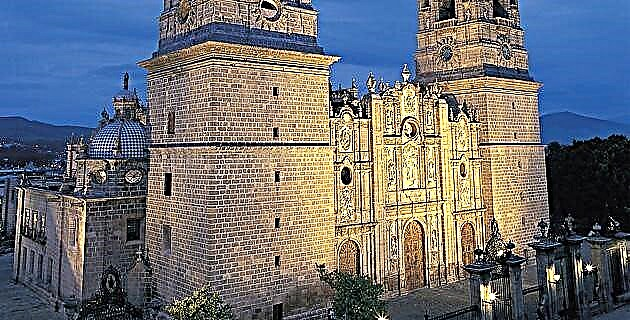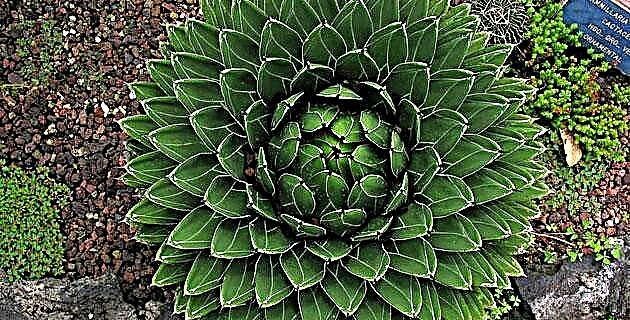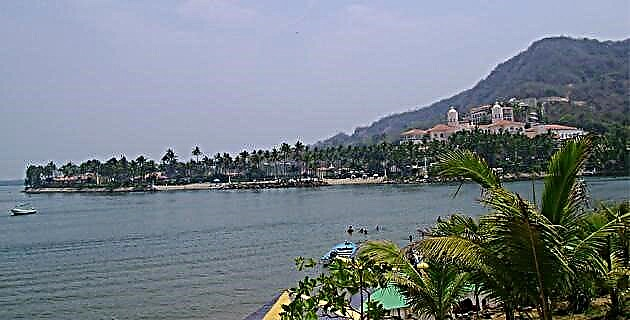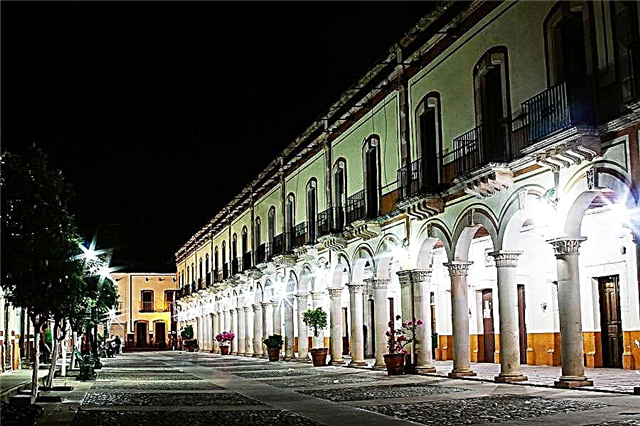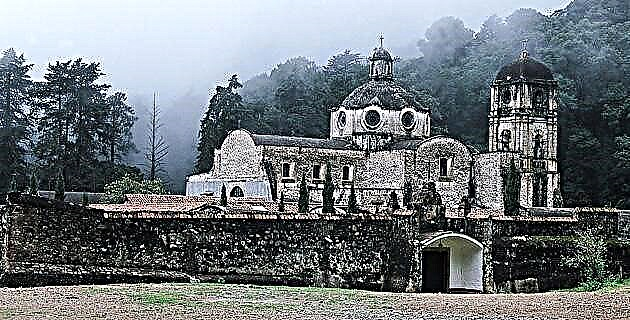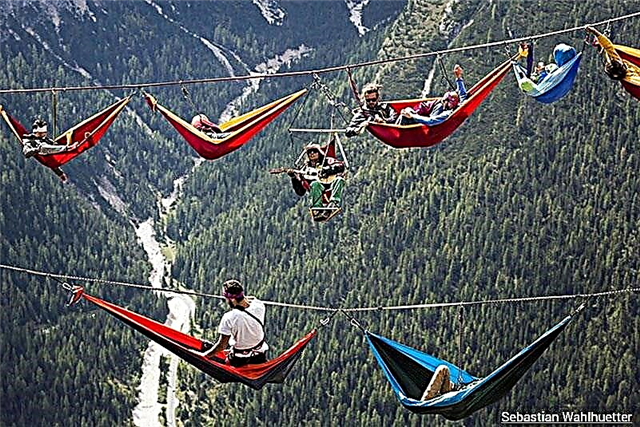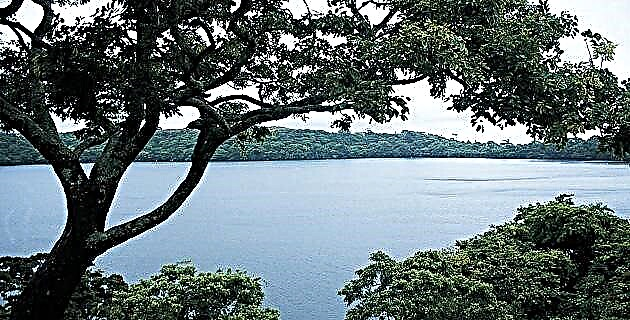
When you arrive, you will not be able to imagine how much you will enjoy the evergreen jungle in the Los Tuxtlas mountains, south of Veracruz.
Its numerous bodies of water and its proximity to the coast make this natural stronghold a place worth visiting. The wisps of mist that come off the coast are entangled in the tall trees and envelop the green thicket of the jungle, the most intense vegetal explosion on Earth, to impregnate it even more with humidity in those jungle peaks saturated with water, that falls in abundance from the sky, that gushes and runs through hundreds of translucent veins and that arrives in a mist from the Atlantic Ocean.
The biodiversity of Los Tuxtlas is among the largest in Mexico –only of butterflies more than 500 species have been registered–, while several plants and animals are endemic, that is, they are not found anywhere else in the world. There are still species as large as the jaguar and cougar, as showy as the royal toucan, as imposing as the boa, as strange as the white bat, and as sublime as the blue butterfly.
RESERVATION PERSPECTIVES
But this jungle is being razed. In the last 30 years the cattle and agricultural euphoria, with the consequent excessive logging among other reasons, have ended with more than three-quarters of the place. Animals such as the tapir, the harpy eagle, and the scarlet macaw have become extinct.
Such wealth and destruction of the area led to its declaration on November 23, 1998, Los Tuxtlas Biosphere Reserve, with an area of 155 thousand ha that includes three core zones, the highest elevations with the least disturbed sites: the San Martín volcanoes, San Martín Martín Pajapan, and especially the Sierra de Santa Marta.
The ecotourism that farmers from various communities in this area have been developing for eight years is a real conservation action. The value of his project was confirmed when it was supported by the Mexican Fund for the Conservation of Nature and, currently, by the United Nations Development Program.
It all started in 1997 with the first group of tourists in the small community of López Mateos –El Marinero–, and one by one another five joined until today. López Mateos is located between two rivers and at the foot of the jungle Sierra de Santa Marta, where the first interpretive trail was created, in which the medicinal, ornamental and food plants of the region are known. The path leads to the attractive waterfall located a few steps from the town, with a great flow of pure water and under the huge trees of the jungle.
Walks are organized to observe birds, such as toucans, parrots and birds of many species, and a camp is made in the middle of the jungle of El Marinero hill. The view of the mountains and the sea from its top is impressive, and the sensation of sleeping among the sounds of the most authentic jungle is something that we should all visit at least once in our lives.
A SIMPLE ENVIRONMENT
López Mateos, like the other communities, is organized to receive visitors in simple, but comfortable cabins, and with great hospitality from its greatest wealth, the friendly and hard-working people. The food in their homes is most enjoyable: regional products, such as malanga (tuber), chocho (palm flower), chagalapoli (wild strawberry), river prawns and other delicacies, all accompanied by tortillas made to order. hand.
La Margarita is another project community, located southeast of Lake Catemaco, on the other side of the famous city of the same name. The river that flows into the lake next to the town is a refuge for aquatic, local and migratory birds, such as ducks, herons of various species, hawks, cormorants and hawks. Sometimes it is possible to see some crocodiles and otters among the swamp.
Navigating in a kayak on Lake Catemaco you can enjoy its immensity and the greenness that surrounds it, in addition to the fact that some pre-Hispanic petroglyphs are known on the shore of the magical water mirror. Also, there is the archaeological site El Chininal, made up of foundations that still keep many secrets.
Among mountains lined with vegetation and surrounded by a large complex of rivers, streams and pools of crystalline waters is the coffee community of Miguel Hidalgo, whose imposing Cola de Caballo waterfall, hidden among the vegetation, is 40 meters high.
In Miguel Hidalgo, camps are organized at Lake Apompal, a volcanic crater surrounded by jungle, and visits are made to the nursery where the women of the community grow and sell ornamental plants.
Sontecomapan is a large coastal lagoon that empties into the Gulf of Mexico and is made up of 12 rivers that descend from the Los Tuxtas mountains. The union of fresh and salt water has created the right environment for the mangrove to be abundant, with its red and blue crabs, raccoons and crocodiles.
In this paradise, the locals also organized to receive visitors and created the necessary facilities, such as its spacious outdoor wooden dining room. On the boat ride they take you can see cormorants, ducks, ospreys, hawks, herons, pelicans and other birds. Pools, waterfalls, cave with bats and other attractions enrich the visit.
FROM RAFTING TO THE CAVES
The two communities most recently included in this project are Costa de Oro and Arroyo de Lisa, which are located on the beach. Many attractions also meet in a short distance: rafting is practiced on the river that divides them; the waterfall is visited on a sweaty walk; The Pirates' Cave - where in effect the corsair Lorencillo was sheltered in the 17th century - one enters aboard a boat; the Island of the birds, in the sea, gathers frigates, pelicans and seagulls that nest there; Going up to the lighthouse is enjoying a splendid view of the sea from where you can get off the hook –rapel– to be received in a boat 40 meters below.
With true ecotourism everyone wins, locals, visitors, and especially nature. As Valentín Azamar, a farmer from López Mateos, says: "When they arrive, the people who visit us do not imagine how much they will enjoy the jungle and when they leave they do not know how much it helped them by supporting our community."

